However, behind the economic benefits, many heritages are being commercialized, staged, and even distorted, affecting the original value and sustainability of the heritage.
When heritage becomes tourism product
The Northeast mountainous region - home to many ethnic minorities with unique cultural life, cultural tourism is developing strongly. Tourism products such as highland markets, craft village experience tours, traditional festivals, etc. have contributed to promoting identity and creating livelihoods for local people.
However, when heritage becomes a tourism resource, the transformation, simulation, and staging according to tourists' tastes becomes increasingly popular.
Many rituals such as Gau Tao of the Mong people, fire dancing of the Pa Then people... have had their rituals cut, their time of organization changed, and their ceremony space moved, losing their sacredness and their role in connecting the community. From a spiritual ritual associated with the spiritual life of the people, many festivals have gradually been "staged" into performances for tourists.
The same situation occurs with traditional handicrafts. In Thai, Mong, and Dao villages, brocade products, which were once the crystallization of weaving techniques and expressions of ethnic identity, are now being simplified and industrialized. Many products are no longer woven or embroidered by the people themselves, but instead use industrial fabrics and pre-printed patterns. Some places import goods from other places but label them as “local specialties,” reducing the value and authenticity of the products.
When traditional costumes only appear when there are visitors, crafts no longer serve daily life and festivals become unfamiliar to the organizing community... then heritage no longer "lives" in the community.
More worryingly, the younger generation is increasingly less attached to traditional cultural values, increasing the risk of cultural breakdown. Excessive commercialization, counterfeit products, distorted rituals… not only damage the community spirit, but also reduce the real attractiveness of the destination.
Visitors may be curious at first, but once they discover the staging of the experience, it becomes superficial and lacks depth.
Natural heritage under tourism pressure
Not only intangible cultural heritage, many natural heritages are also facing pressure from uncontrolled tourism activities.
Ha Long Bay, a World Natural Heritage site, has been warned many times about environmental pollution, encroachment on landscape space and illegal construction.
The Trang An Scenic Landscape Complex (Ninh Binh), although recognized by UNESCO as a World Cultural and Natural Heritage, has also been affected by tourism projects encroaching on the core zone, changing the landscape and ecological environment.
The United Nations Educational, Scientific and Cultural Organization (UNESCO) has repeatedly emphasized that tourism development needs to be placed in a harmonious relationship with conservation work.
During a working trip to Vietnam, talking with leaders of the Ministry of Culture, Sports and Tourism, Mr. Lazare Eloundou Assomo, Director of the UNESCO World Heritage Center, shared: I am very interested in the relationship between heritage conservation and socio-economic development.
During working sessions with authorities and professional agencies in localities with world heritage sites such as Quang Ninh, Hai Phong, Hue, etc., we will discuss specifically about heritage preservation strategies, emphasizing the balance between development and heritage preservation.
 |
Mr. Lazare Eloundou Assomo, Director of UNESCO World Heritage Center, worked with the Ministry of Culture, Sports and Tourism of Vietnam. (Photo: NGOC LIEN) |
Tourism and heritage are not opposites if they are placed in a mutually supportive relationship. Tourism needs heritage to create a unique destination; conversely, heritage needs tourism to have more resources for conservation. The core is the approach: Not considering heritage as a resource that can be exploited in one direction but as the foundation for sustainable development.
It is necessary to take the community as the center, heritage as the foundation and culture as the driving force in all tourism development activities. The community that holds the heritage will understand the heritage better than anyone, but to truly own it, there needs to be support policies and guidance on how to preserve and promote the heritage in the new context.
Many localities have made positive changes such as restoring original festivals with the participation of artisans and cultural researchers, and implementing community tourism and eco-tourism models associated with local communities.
However, for these models to be effective, they need to be expanded in scale, ensuring originality and quality, and avoiding the tendency to restore half-heartedly or rely too much on performance.
Community tourism and eco-tourism models associated with indigenous cultural experiences need to be invested in properly.
Tourism planning needs to incorporate conservation elements, clearly defining the boundary between promotion and exploitation, avoiding the situation of "heritage exhaustion".
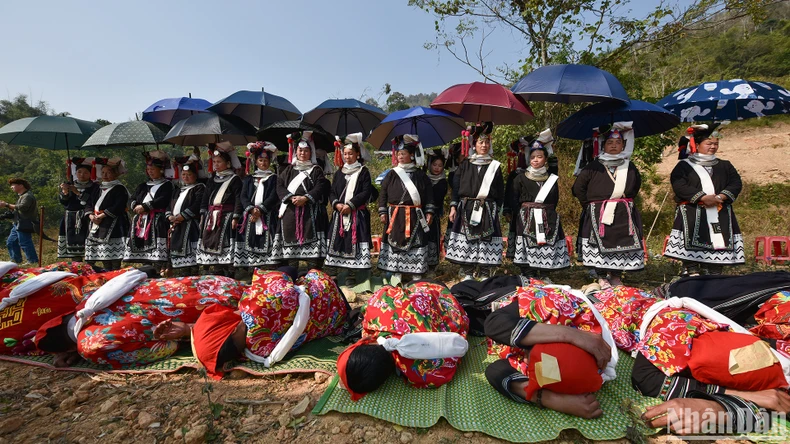 |
Preserving the original elements of heritage contributes to sustainable tourism development. (Photo: VU LINH) |
An important direction to protect and develop sustainable heritage is to strengthen cultural education and traditional craft teaching in the community. Organizing cultural classes, teaching crafts, recreating traditional living spaces, etc. will help the younger generation identify their identity, arouse national pride and the spirit of preserving heritage. Schools need to incorporate heritage education into their main and extracurricular programs, connecting schools with heritage-owning communities.
Local authorities, the cultural and tourism sectors and conservation organizations need to coordinate closely in managing and strictly handling acts of cultural distortion and violations of landscape and environment.
Heritage properly preserved and promoted will not only be a valuable asset of the community, but also a “strategic asset” of the tourism industry. In the development cycle, preserving identity is to preserve the sustainable vitality of the destination.
When exploited properly, heritage will be the "capital" of the tourism industry in the long term, contributing to enhancing the value of destinations.
Source: https://nhandan.vn/di-san-trong-guong-quay-du-lich-post881228.html


![[Photo] Scientific workshop "Building a socialist model associated with socialist people in Hai Phong city in the period of 2025-2030 and the following years"](https://vphoto.vietnam.vn/thumb/1200x675/vietnam/resource/IMAGE/2025/5/21/5098e06c813243b1bf5670f9dc20ad0a)

![[Photo] Coming to Son La, let's "show off" with the Wallflowers](https://vphoto.vietnam.vn/thumb/1200x675/vietnam/resource/IMAGE/2025/5/21/627a654c41fc4e1a95f3e1c353d0426d)
![[Photo] Prime Minister Pham Minh Chinh receives the President of Asia-Pacific region of PowerChina Group](https://vphoto.vietnam.vn/thumb/1200x675/vietnam/resource/IMAGE/2025/5/21/0f4f3c2f997b4fdaa44b60aaac103d91)
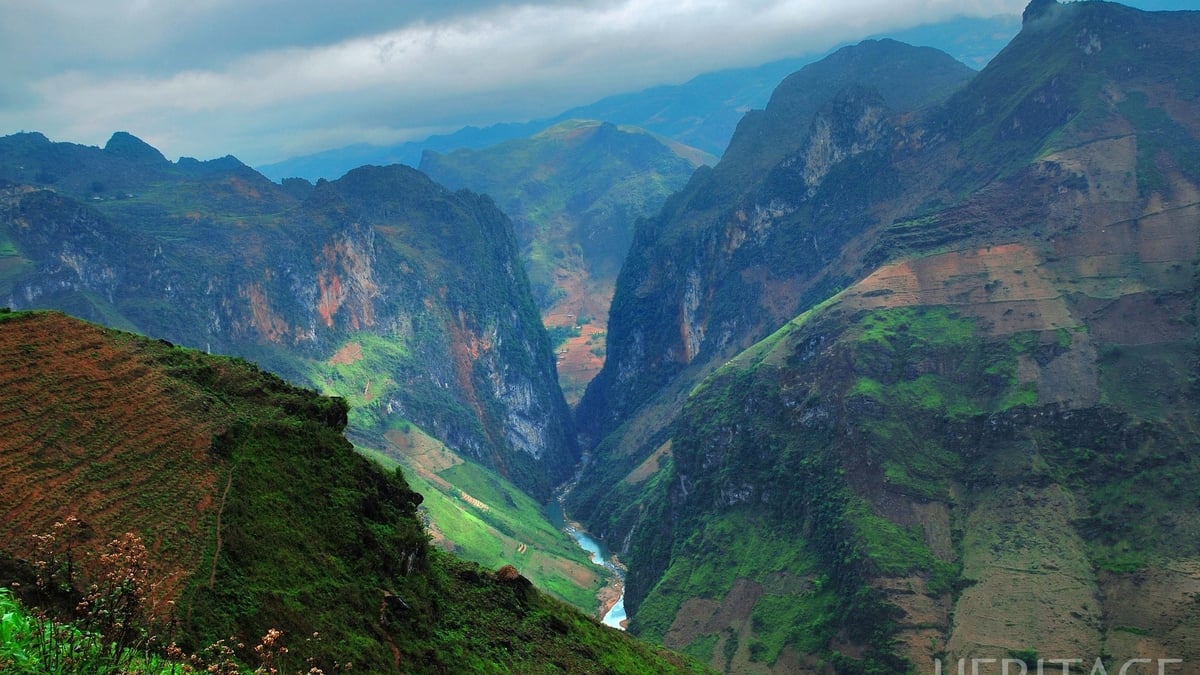

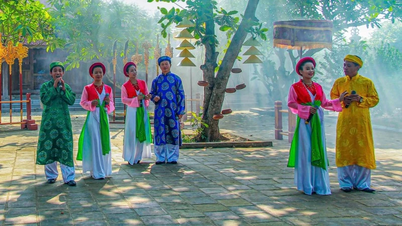
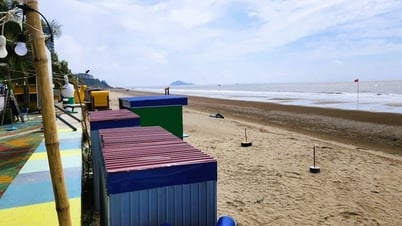

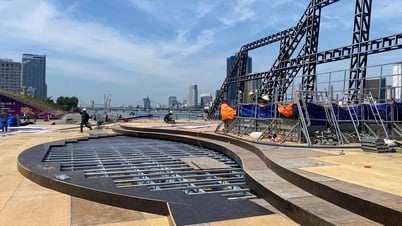

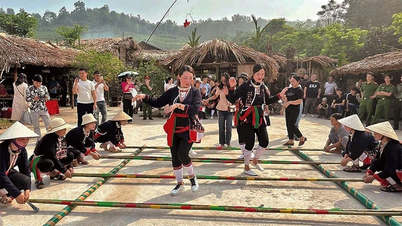
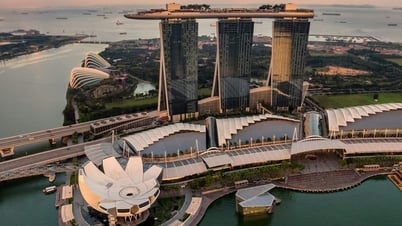

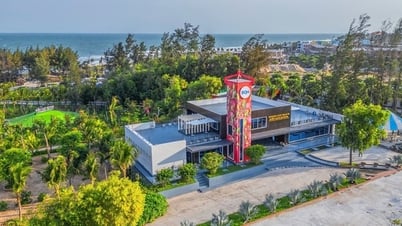




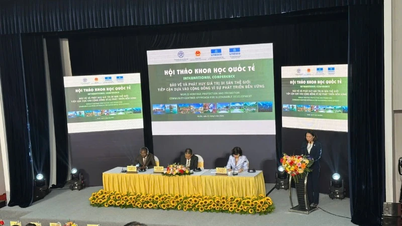

![[Photo] Scientific workshop "Building a socialist model associated with socialist people in Hai Phong city in the period of 2025-2030 and the following years"](https://vphoto.vietnam.vn/thumb/402x226/vietnam/resource/IMAGE/2025/5/21/5098e06c813243b1bf5670f9dc20ad0a)

![[Photo] Prime Minister Pham Minh Chinh receives the President of Asia-Pacific region of PowerChina Group](https://vphoto.vietnam.vn/thumb/402x226/vietnam/resource/IMAGE/2025/5/21/0f4f3c2f997b4fdaa44b60aaac103d91)

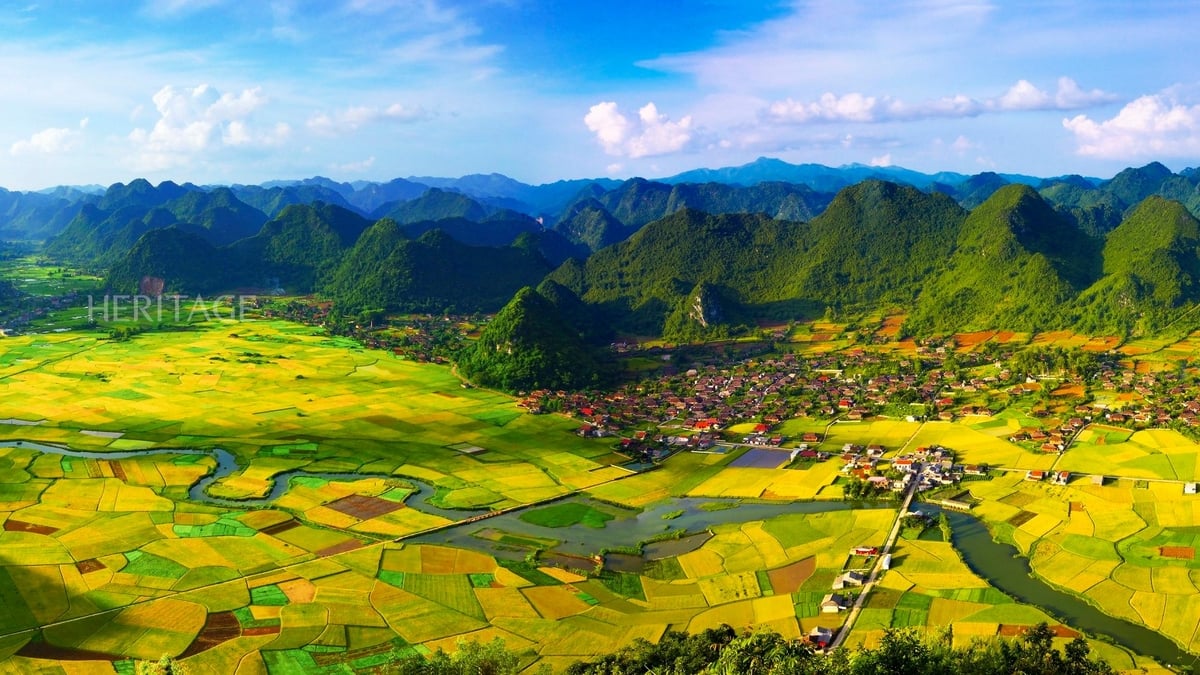
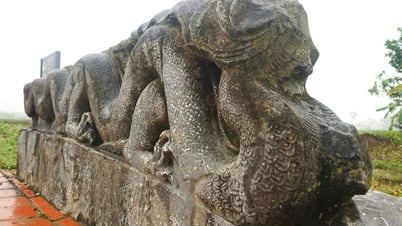

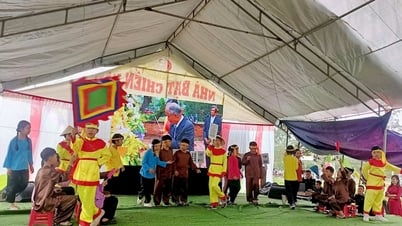



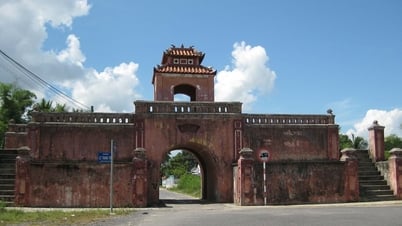


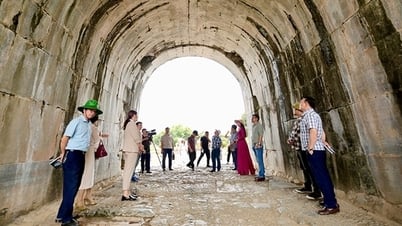



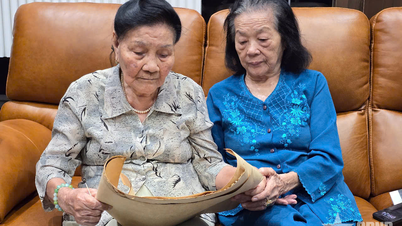






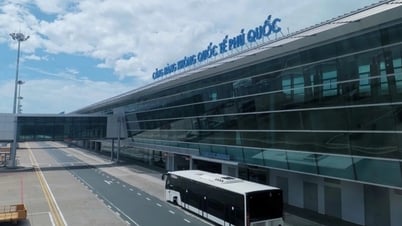












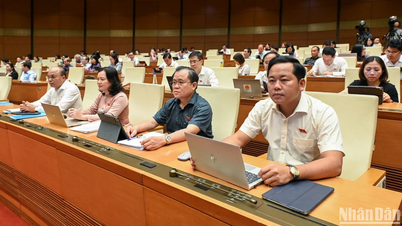



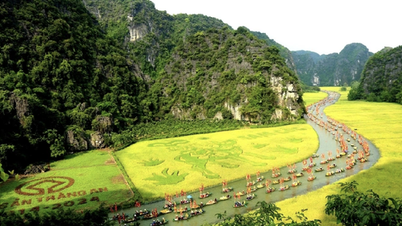
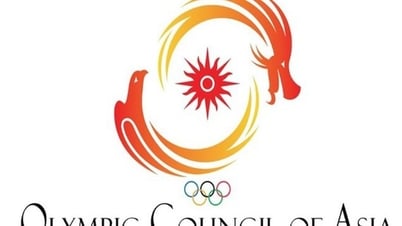


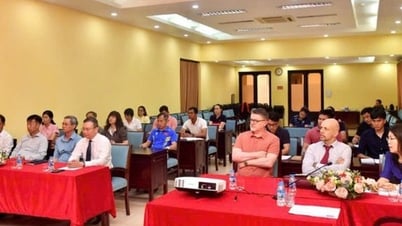


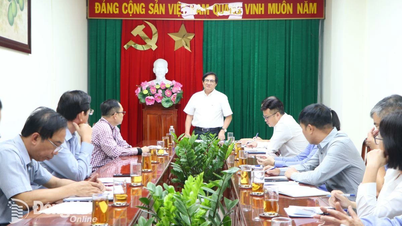


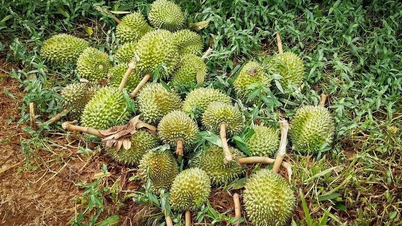

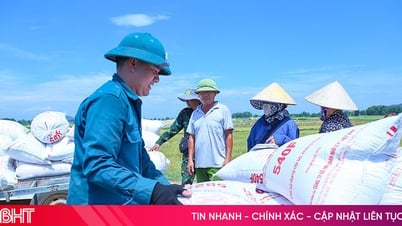

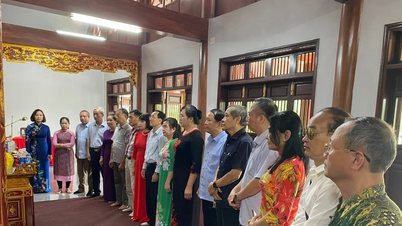










Comment (0)